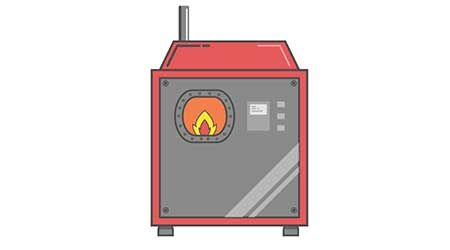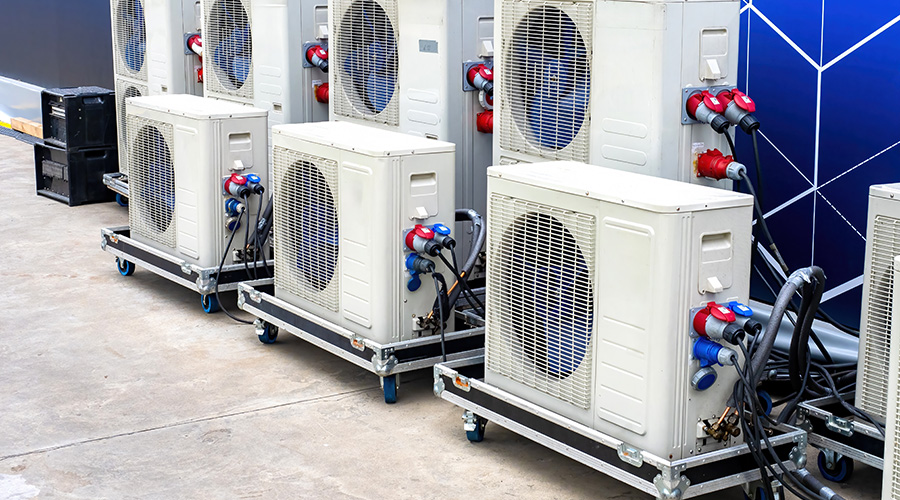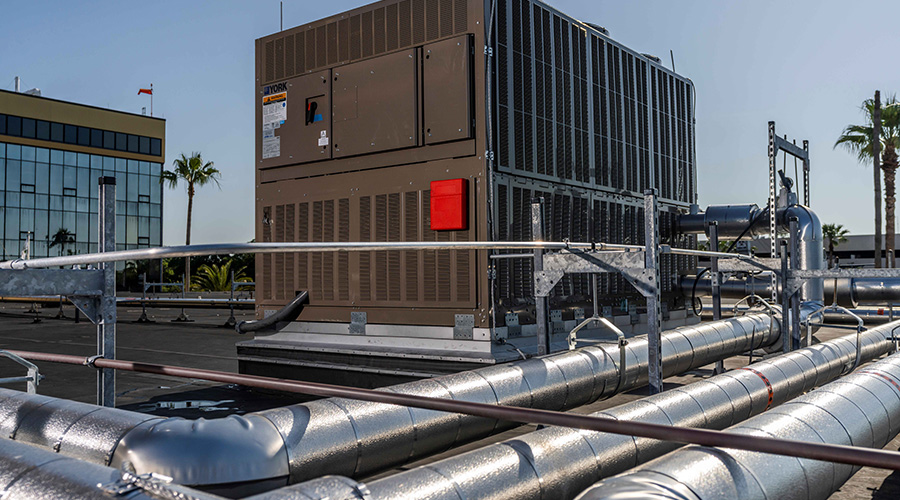Boilers: An Energy-Saving Option for Heating Water?
Coupling a commercial condensing boiler with a high-capacity indirect storage water heating is a strategy gaining momentum for its energy-saving potential.
An energy-saving replacement for these traditional tanks has been gaining traction in the last decade and is worth looking at. Manufacturers have coupled commercial condensing boilers with high capacity indirect storage water heaters to provide a dedicated domestic hot water package that increases both longevity and efficiency. Initial installed cost is higher, but expected equipment life is more than doubled in hard use applications, and energy savings can be outstanding. A modular approach is typically used to allow for easy servicing of equipment without interruption in hot water supply.
Taking this concept further, boilers can be used for both heating and domestic hot water with indirect storage water heaters and control strategies that will switch some of the heating boilers of a modular boiler plant over to domestic hot water production when required. These are closed loop systems, requiring a heat exchanger to isolate the boiler water from the domestic stream. Heat exchangers should have generous heat transfer surface area to allow boilers to operate in condensing mode most of the time.
This is not a new idea, but microprocessor controls and creative algorithms now make it easy to use condensing boilers in heating systems where they normally operate at reduced outdoor reset supply temperatures. Controls operating dedicated pumps or diverting valves can change one or more of these boilers into higher temperature domestic hot water mode when required. Btu meters can be installed to provide domestic hot water energy consumption information to facility managers through their building automation systems.
Disadvantages include higher first cost, more space required in the mechanical room, and a more complicated piping and control system with added components.
For medium to very large commercial applications, coil-type high input/high flow, dedicated water heating boilers are very common. Improvements in controls, better modulating burners, and the development of condensing gas equipment have kept this option popular. Again, redundancy is important to ensure uninterrupted supply.
A popular domestic hot water design in very large facilities where boilers are always maintained at a high temperature is to divert boiler heating water through heat exchangers to supply large domestic hot water storage tanks.
The main disadvantages to both of these central domestic hot water systems is the need to provide large diameter, insulated distribution piping and constant recirculation lines — which creates an energy penalty and a maintenance issue. Bigger buildings use miles of pipe and as they age, the wear and tear on these lines and their associated components can be a major headache for facility managers.
Energy loss from distribution and recirculation piping will be reduced with generous insulation, and BAS systems can utilize occupied/unoccupied strategies to reduce temperatures and shut off recirculation when possible. But there is a bigger problem lurking in these larger systems for building owners to worry about: Legionella. The study of the causes and severity of Legionella outbreaks in domestic hot water systems is ongoing, with evidence suggesting that these large distributed systems can be more prone to developing colonies of the bacteria and very difficult to clean properly. Legionella is beyond the scope of this article; however, it is imperative that facility managers consult with experts in this field to identify potential problem areas and develop treatment regimes that will be effective in eliminating the bacteria and preventing future outbreaks. It is possible that major alterations and re-design of existing systems may be required to reduce the risks.
Related Topics:















